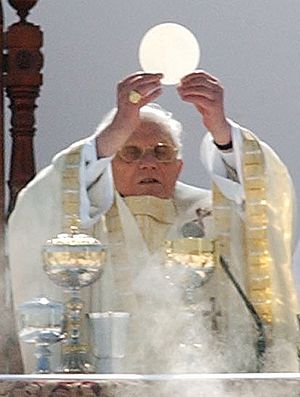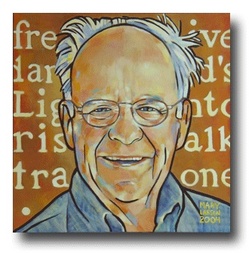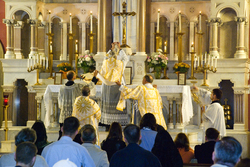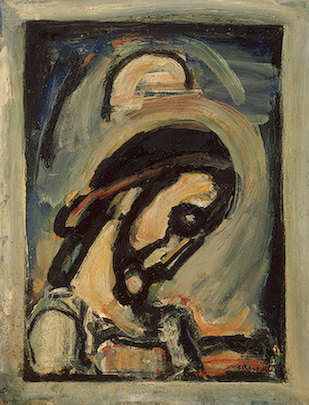Pictures always
tell a story, they’re also worth a thousand words. OK, how much money would you
give to preserve an archive of photography devoted to the Second Vatican
Council? What is preserving photographic memories to such a legendary event
like Vatican II worth to you? I hope much.
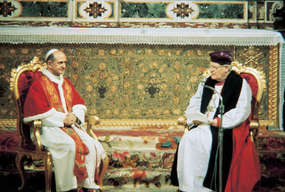
In 2009, Sister Leideke Galema, who
managed Foyer Unitas for many years, gave Centro Pro Unione library a gift of 740
photographs taken at Vatican II. This precious collection not only records of
the sessions of the Council, but also include important ecumenical moments from
the pontificate of the Servant of God Pope Paul VI, including the historic
meeting when he gave his own episcopal ring to the archbishop of Canterbury,
Michael Ramsey.
Rome’s Centro Pro Unione is a long time work of the Franciscan
Friars of the Atonement dedicated to ecumenical action, research, and formation
at the Piazza Navona. The Centro’s mission is known through intensive programs,
conferences, courses, and dialogues that attract theologians and academics from
around the world. It’s staff works closely with the Pontifical Council for Promoting Christian Unity and with various ecumenical leaders as well as teaching in the
various theological faculties in Rome.
Foyer Unitas, a ministry of hospitality
operated by the Ladies of Bethany, had since 1950 collaborated with the Centro
in welcoming non-Catholic pilgrims arriving in Rome. During Vatican II, Pope
Paul VI asked Foyer Unitas to provide lodging for the ecumenical observers. The
Centro Pro Unione is working to make this collection available to the public
during the 50 th anniversary of Vatican II’s opening council in Rome later this
year. To support the project and
for more information visit the Friars’ website.
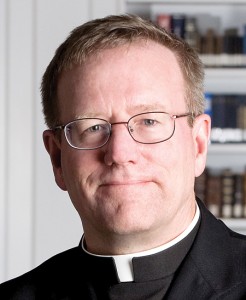 In a 55 minute presentation Father Robert Barron takes a keen review and analysis of Gaudium et Spes for the 5oth anniversary of Vatican II.
In a 55 minute presentation Father Robert Barron takes a keen review and analysis of Gaudium et Spes for the 5oth anniversary of Vatican II.